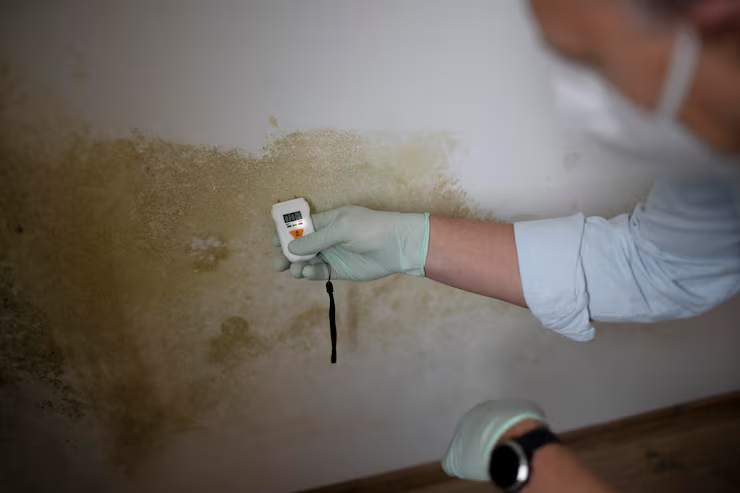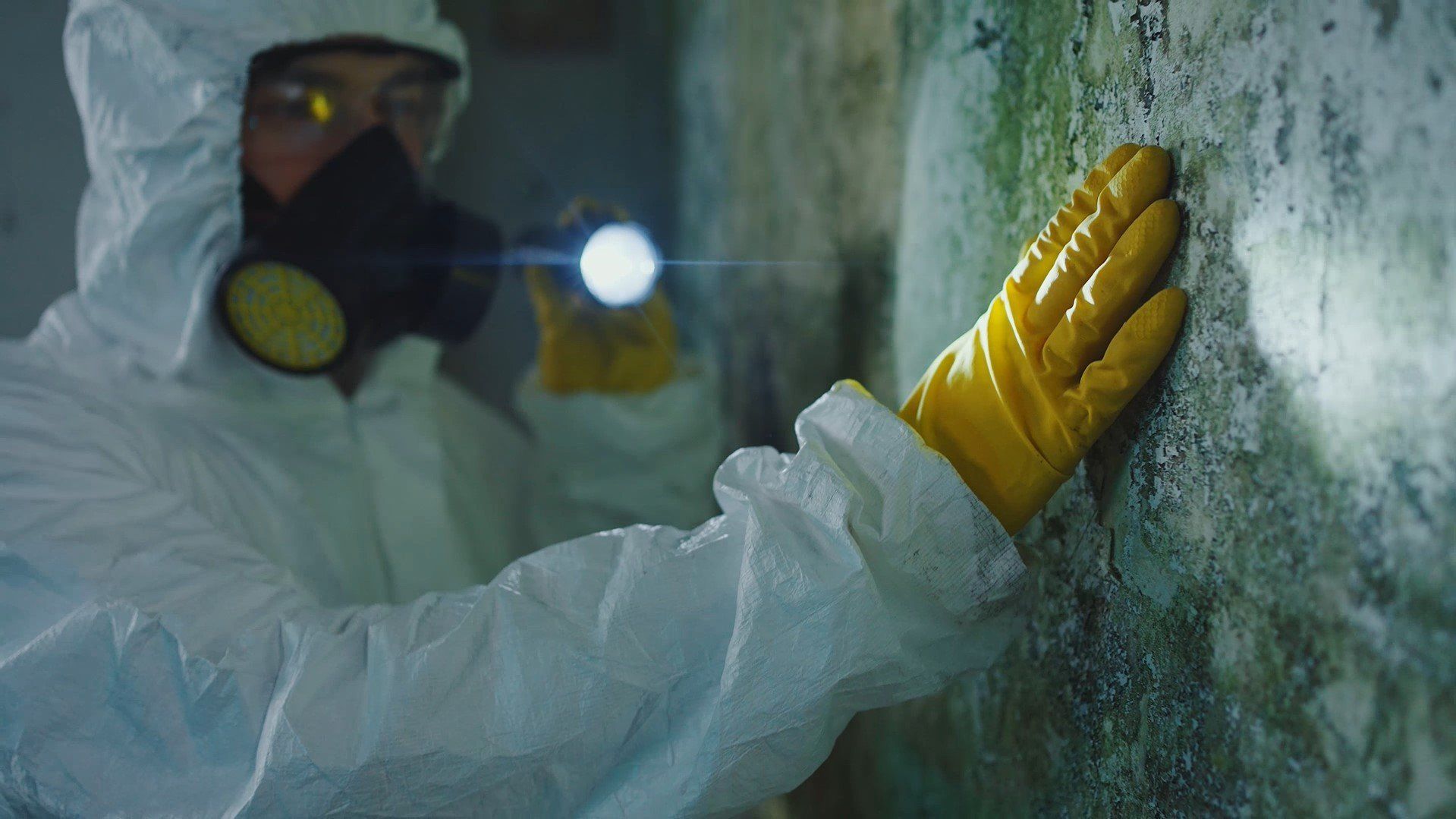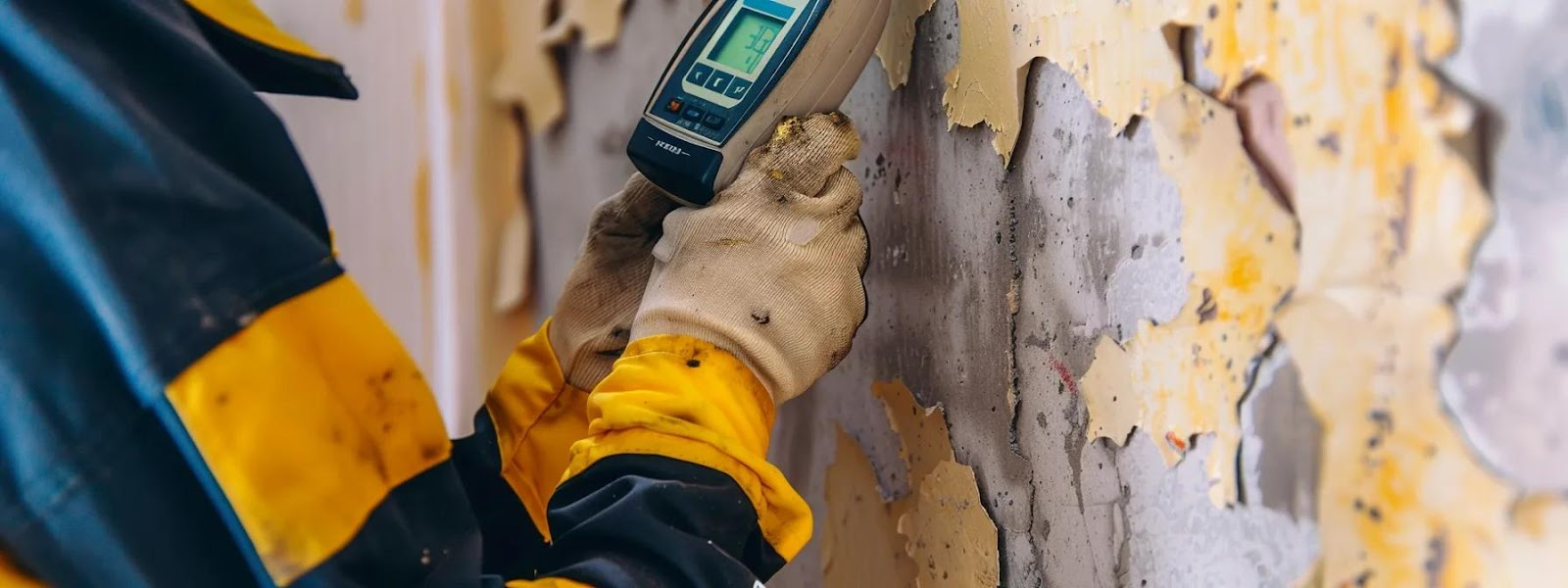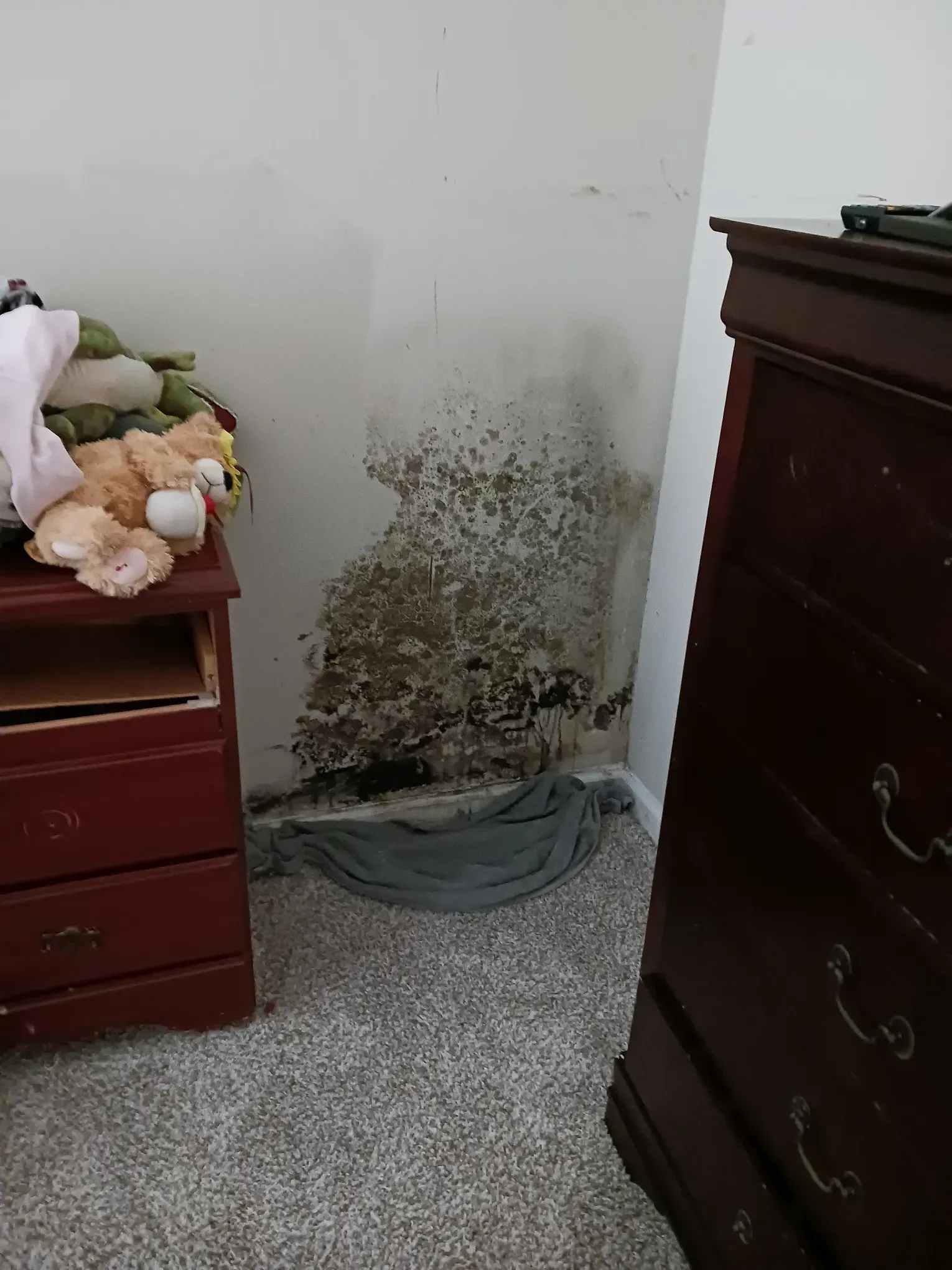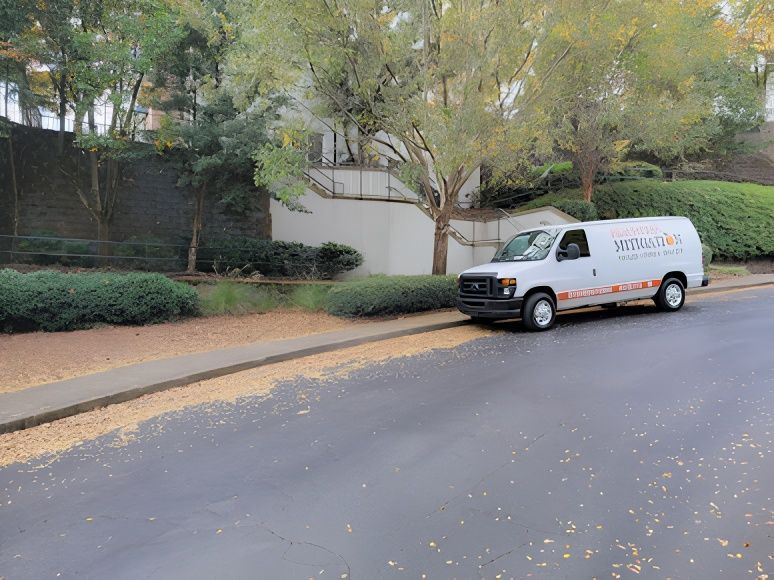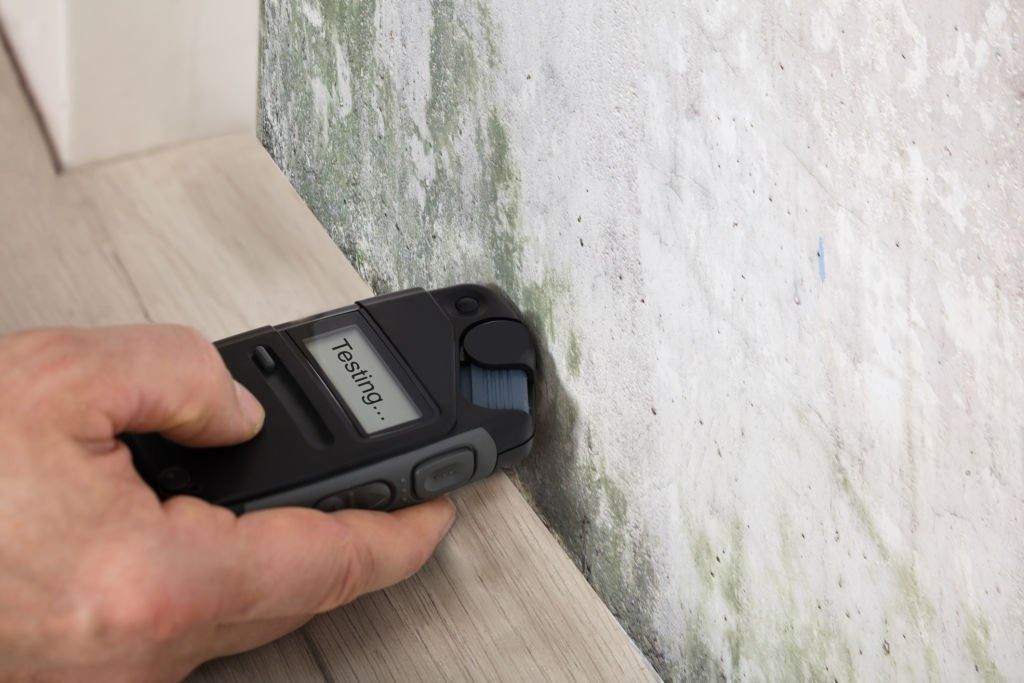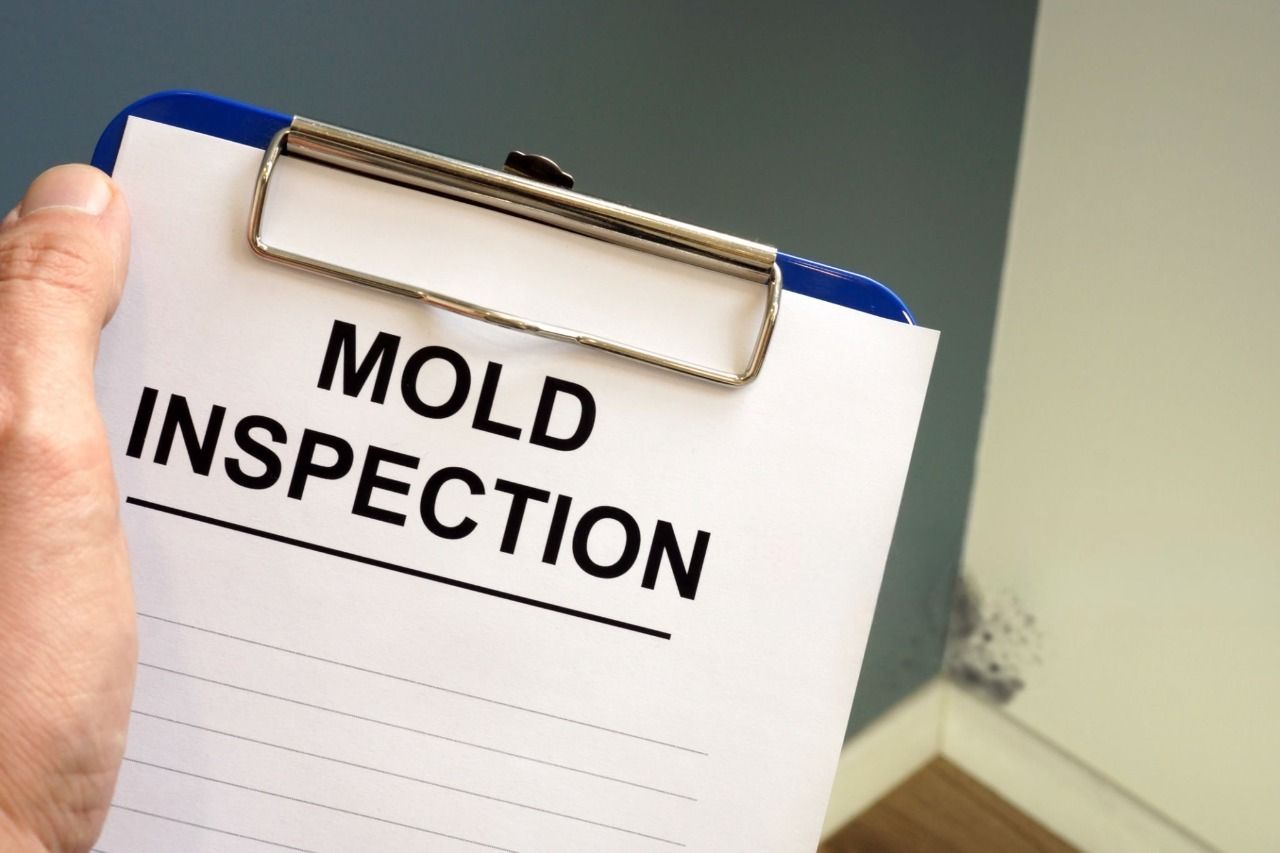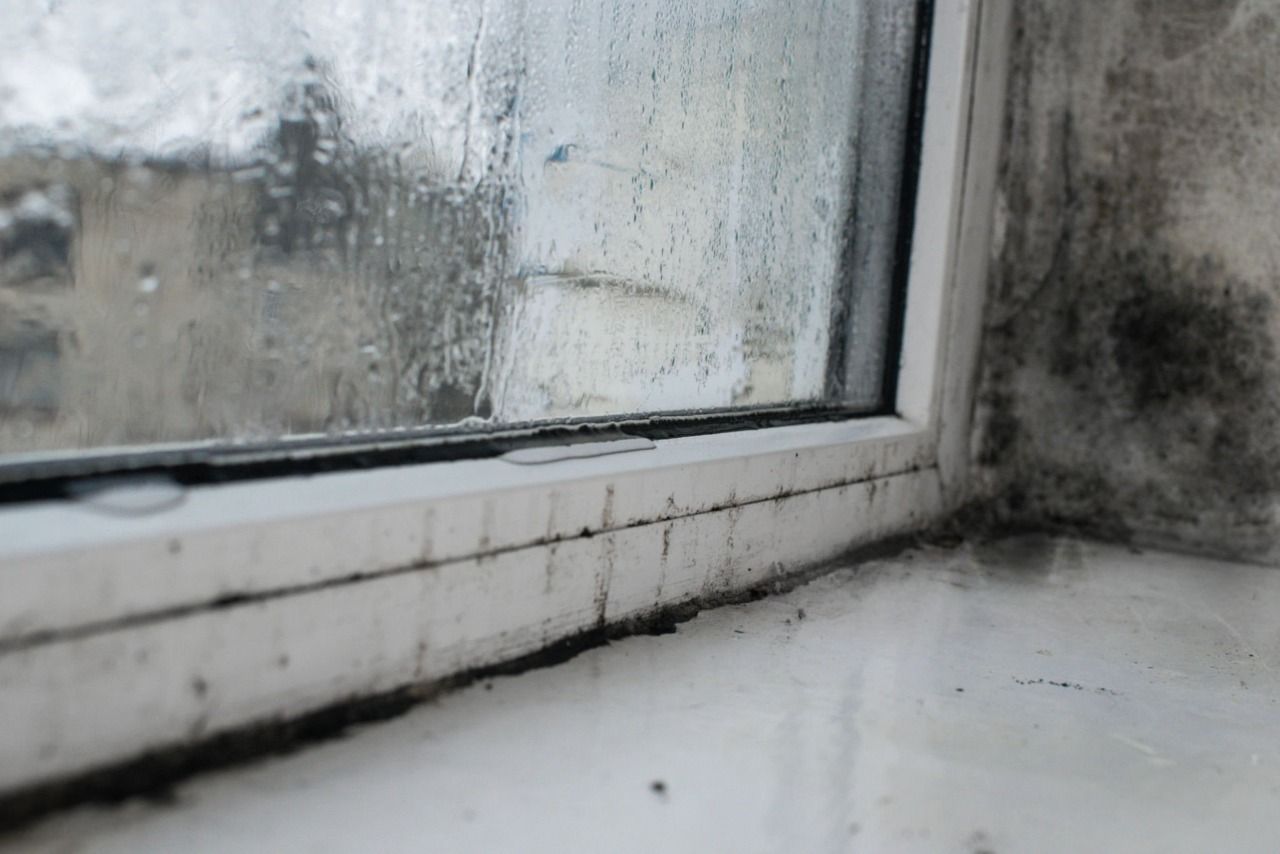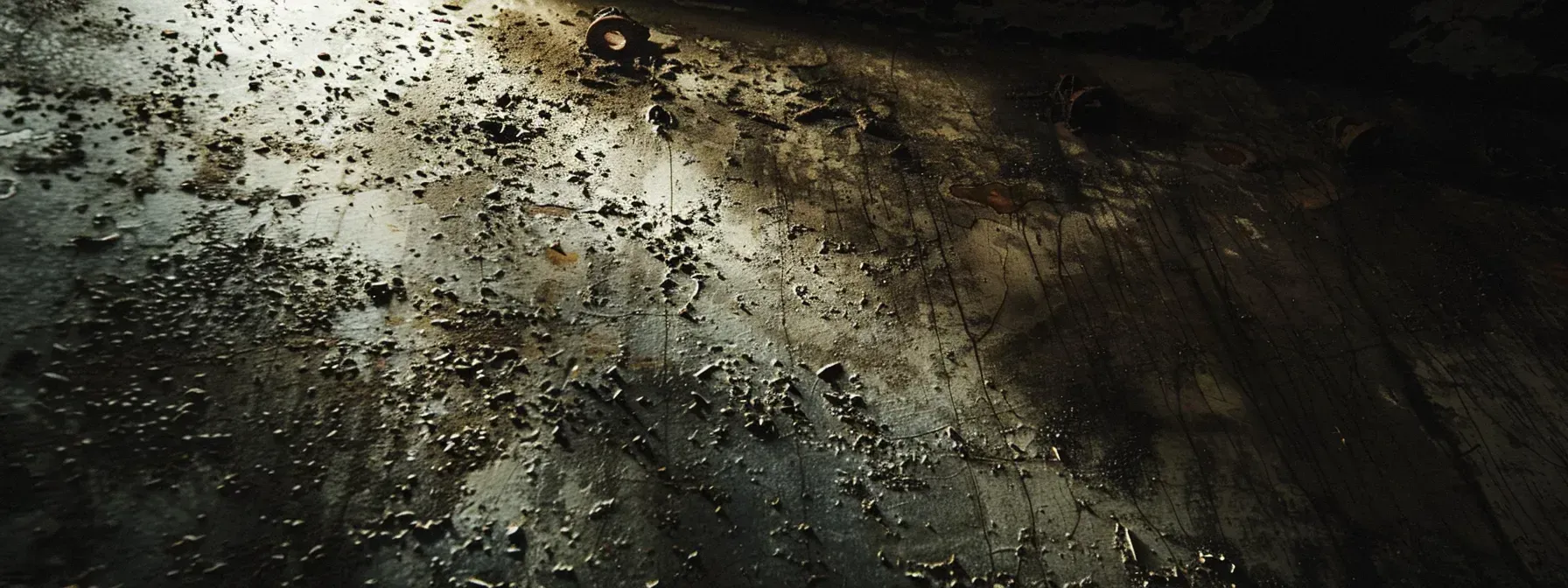Mold-Related Health Concerns You Should Know: Symptoms, Risks, and Solutions
Every year, countless homeowners in North Georgia experience hidden mold growth that silently triggers health issues. Recognizing how mold exposure affects your respiratory system, skin, eyes and overall wellbeing is essential for early intervention.
This guide outlines the most common symptoms, the long-term and black mold risks, signs to watch for in your home or business, and how professional remediation by a Duluth mold testing expert protects your family’s health and property.
What Are the Common Symptoms of Mold Exposure?
Symptoms of mold exposure are physical and cognitive reactions caused by inhaling or touching mold spores. These spores release allergens and irritants that provoke immune responses in the eyes, lungs and skin. For example, a homeowner may develop persistent sneezing after spending time in a damp crawlspace, illustrating how spores activate allergic pathways and trigger discomfort.
Identifying these symptoms promptly can guide you toward appropriate cleanup measures and medical advice. If you suspect mold in your home, consider professional mold testing in Duluth GA, to identify the extent of the problem.
Which Respiratory Symptoms Indicate Mold Exposure?
Respiratory reactions to mold include inflammation of airways and hypersensitivity pneumonitis. Common signs are:
- Sneezing, coughing or wheezing after entering a moldy area
- Nasal congestion and runny nose that persist despite allergy treatment
- Shortness of breath or chest tightness, potentially worsening asthma
These breathing-related indicators often precede skin irritation and cognitive fatigue, leading into how mold affects your eyes and skin next.
What Skin and Eye Irritations Are Caused by Mold?
Contact with mold spores can result in visible dermatitis and ocular inflammation. Typical irritations include:
- Red, itchy patches or hives where the skin contacted with damp surfaces
- Eye redness, burning sensation, and excessive tearing upon exposure
- Dry, flaky skin or eczema flare-ups after prolonged damp-area cleanup
Such localized reactions often accompany broader symptoms like headaches and fatigue, which we explore below.
What General Symptoms Should You Watch For?
General mold-related symptoms emerge when spores enter the bloodstream or irritate inner ear canals. Watch for:
- Persistent headaches unrelieved by typical pain relievers
- Chronic fatigue or difficulty concentrating after time in damp rooms
- Dizziness or sinus pressure that subsides only in dry environments
| Symptom Category | Common Manifestation | Potential Severity |
|---|---|---|
| Respiratory | Coughing, wheezing | Mild irritation to asthma attacks |
| Skin & Eyes | Rash, itching, watering eyes | Localized to widespread reaction |
| General | Headache, fatigue, brain fog | Temporary to chronic impairment |
This symptom overview leads to understanding how persistent exposure can evolve into chronic conditions.
How Does Mold Affect Long-Term Health and Chronic Conditions?
Long-term mold exposure intensifies immune dysregulation and respiratory decline when spores accumulate in indoor air. Years of contact can trigger chronic lung diseases, neurological issues and immune suppression, demonstrating why prompt remediation matters. Examining these severe outcomes clarifies which chronic problems may arise when mold grows unchecked.
What Chronic Respiratory Problems Can Mold Trigger?
Prolonged inhalation of mold allergens fosters conditions such as:
- Asthma exacerbation with increased frequency of attacks
- Chronic sinusitis characterized by lasting nasal blockage
- Hypersensitivity pneumonitis, an inflammatory lung condition
These persistent respiratory issues often require ongoing medical management and highlight the importance of thorough mold removal.
Can Mold Exposure Cause Neurological Symptoms Like Brain Fog?
Yes, mold-related mycotoxins can cross the blood-brain barrier and impair cognitive function. Affected individuals may experience:
- Brain fog, memory lapses, and difficulty concentrating
- Mood swings, increased anxiety, or mild depression
- Sleep disturbances linked to neuroinflammatory responses
Neurological impacts underscore the necessity of addressing hidden mold sources before cognitive health declines further.
How Does Mold Suppress the Immune System and Cause Mycotoxicosis?
Certain molds produce mycotoxins, which are toxic metabolites that attack immune cells and organ systems. Over time, immune suppression leads to:
- Frequent infections due to weakened defenses
- Mycotoxicosis symptoms like nausea, muscle aches, and bleeding issues
- Heightened vulnerability in individuals with chronic illnesses
Who Is Most at Risk for Severe Mold-Related Health Issues?
Vulnerable groups include:
- Children with developing respiratory systems and immune responses
- Elderly adults with reduced organ resilience
- Individuals with pre-existing asthma, allergies, or immune disorders
- People recovering from serious illnesses or on immunosuppressive therapies
Recognizing these risk factors helps prioritize rapid mold assessment and remediation to safeguard health before symptoms escalate.
What Are the Health Risks of Black Mold (Stachybotrys chartarum) and Toxic Mold?
Black mold (Stachybotrys chartarum) produces high levels of mycotoxins that can provoke more severe health outcomes than common household molds. Its thick, dark colonies often develop on water-damaged materials, marking a particularly dangerous infestation that demands expert removal.
How Does Black Mold Differ from Other Mold Types in Health Impact?
Whereas many molds release harmless spores, black mold generates trichothecene mycotoxins that:
- Resist breakdown, lingering on surfaces, and in dust
- Cause more intense inflammatory responses in the lungs and skin
- Persist longer in indoor air, extending exposure periods
These unique toxin properties elevate black mold’s threat level, requiring specialized containment and cleanup.
What Symptoms Are Specific to Black Mold Exposure?
Health effects tied to black mold include:
- Severe respiratory distress and bleeding in the nasal passages
- Neurological signs such as tremors, seizures, or coordination loss
- Gastrointestinal discomfort and chronic sinus infections
Such acute manifestations reinforce the need for targeted mold identification and remediation protocols.
| Mold Type | Mycotoxin | Health Impact |
|---|---|---|
| Stachybotrys chartarum | Trichothecenes | Severe lung inflammation, neurological damage |
| Aspergillus fumigatus | Aflatoxins | Liver toxicity, immune suppression |
| Penicillium chrysogenum | Penitrem A | Tremors, dizziness, neurotoxic symptoms |
Awareness of these differences underscores the importance of professional mold testing before attempting DIY removal.
What Role Do Mycotoxins Play in Toxic Mold Illness?
Mycotoxins are the central agents of toxic mold illness, binding to cell receptors and disrupting protein synthesis. This mechanism leads to chronic inflammation, neurotoxicity, and multi-system organ damage, illustrating why eliminating both visible mold and residual toxins is vital for restoring indoor air quality.
When Should You Suspect Mold Is Affecting Your Health and Property?
Detecting mold early prevents escalating health risks and structural damage. Being alert to visual, olfactory, and physical cues allows you to intervene before chronic exposure sets in.
What Visible Signs and Odors Indicate Mold Growth?
Look for:
- Discolored patches (black, green or white) on walls, ceilings and floors
- Musty, earthy odors that persist despite cleaning
- Peeling paint, warped wood or bubbling wallpaper near leaks
These indicators often precede symptom onset and should prompt professional inspection.
How Does Moisture and Water Damage Contribute to Mold-Related Health Risks?
Standing water and high indoor humidity above 60% create ideal conditions for mold colonies to flourish. Overflowing appliances, leaky roofs, or flood damage can allow spores to penetrate walls and ductwork, linking environmental dampness to respiratory and immune complications.
What Are the Early Warning Symptoms to Watch For at Home or Business?
Early signs include:
- Intermittent sneezing or itchy eyes when entering specific rooms
- Mild headaches that subside after leaving a damp area
- Slight skin redness after touching moist surfaces
Spotting these warnings helps you schedule a targeted mold assessment before conditions worsen.
How Can Professional Mold Remediation Protect Your Health?
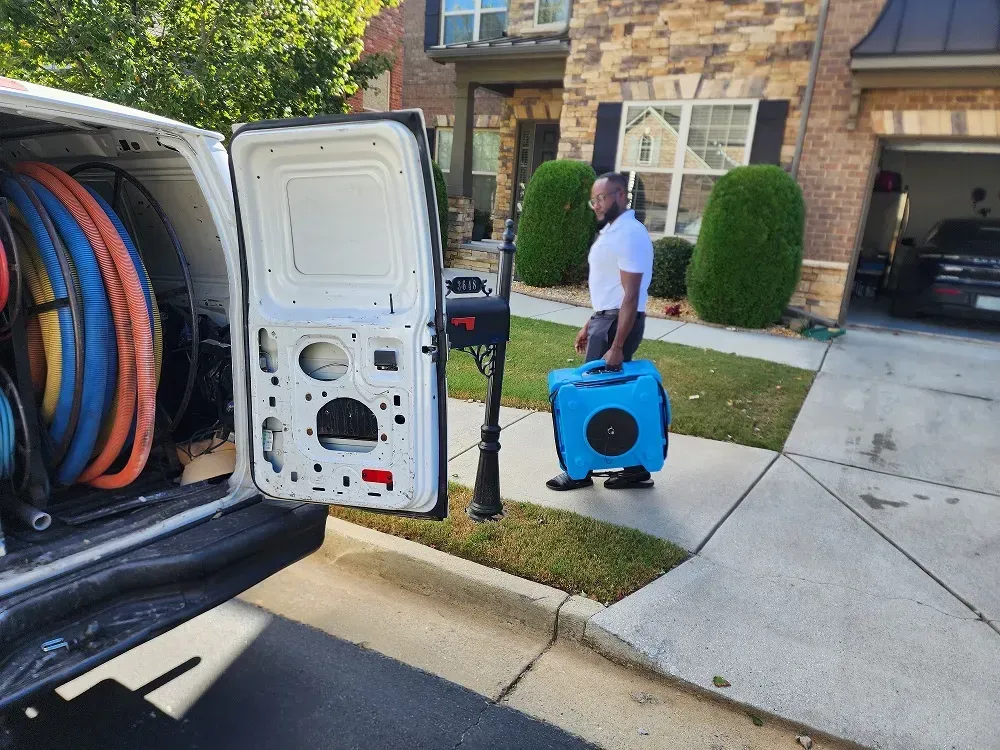
Engaging certified mold remediation specialists ensures thorough removal of active growth and hidden spores, directly reducing ongoing health hazards and preventing reinfestation.
Why Is Professional Mold Removal Essential for Health and Safety?
Professional teams use containment barriers, HEPA filtration, and antimicrobial treatments to:
- Prevent cross-contamination of clean areas
- Safely remove mycotoxin-laden materials
- Restore indoor air quality to safe humidity levels
These methods reliably interrupt the mold–health danger cycle.
What Does the Professional Mold Remediation Process Involve?
A typical remediation includes:
- Detailed inspection and moisture mapping
- Isolation of infected areas with negative-pressure units
- Safe removal of contaminated materials and HEPA vacuuming
- Antimicrobial application and structural drying
- Post-remediation verification to confirm spore reduction
Conclusion
Peachtree Mitigation offers rapid response from locally based, IICRC-certified professionals. Our services combine advanced moisture control, containment technology, and restoration expertise to safeguard homes and businesses across Gwinnett County.
By addressing both mold growth and underlying water damage, we eliminate health risks and restore properties to a healthy, livable condition.
Protect your family’s well-being and your property value by contacting Peachtree Mitigation for a comprehensive mold inspection and tailored remediation plan today.
